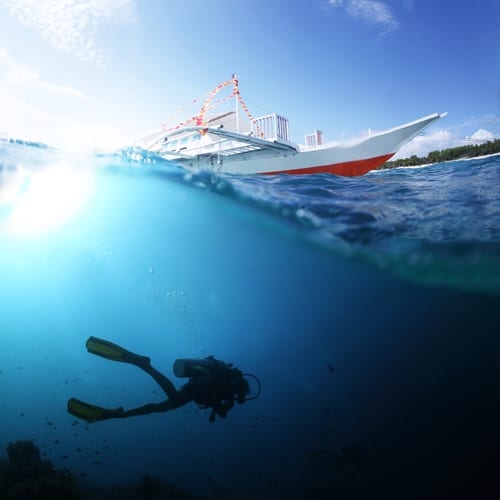Ambitious projects require marine insurance for upkeep and maintenance. The BBC has reported on a NASA initiative that involves a special underwater facility: the Aquarius Reef Habitat. This fully submerged station maintains its own pressure and oxygen, and functions as a remote lab for scientists and "aquanauts" to observe the surroundings for long periods.
The space itself is small, 46 x 10 ft, and though residents are able to access the internet and communicate with the outside world, they also have to make the most out of restricted conditions and be careful with the way they adapt to pressure while underwater. Aquanauts who make their home aboard Aquarius for long periods of time have to undergo an extended depressurization that takes 17 hours, before they return to the surface.
Earlier this year, NASA announced that it is running two missions as part of its NASA Extreme Environment Mission Operations initiative. The eight-person crew includes representatives from the American, Japanese and Canadian space agencies and involves extended week-long training on the ocean floor off of Key Largo to prepare for space.
Speaking to the CBC, Canadian astronaut Jeremy Hansen described what the dives will be like.
"We'll be going to 'spacewalks,' if you will, out of the habitat every day and exploring the ocean floor as if it were an asteroid or the surface of Mars," he said. "There's a hole in the floor that's open to the ocean all the time, and the air pressure keeps the water out, and we just go in and out."
It's likely the base will be in operation for some time, increasing the need for continued maritime insurance that securely protects all inhabitants and visitors.

